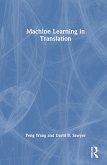
Gebundenes Buch
12. April 2023
Taylor & Francis Ltd
| Broschiertes Buch | 38,99 € | |
| eBook, ePUB | 37,95 € | |
| eBook, PDF | 37,95 € |

eBook, PDF
13. Mai 2004
John Benjamins Publishing Company
Ähnliche Artikel
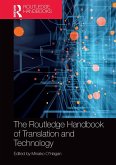
Broschiertes Buch
21. Januar 2023
Routledge / Taylor & Francis
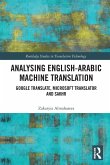
Broschiertes Buch
Google Translate, Microsoft Translator and Sakhr
31. Mai 2023
Routledge / Taylor & Francis
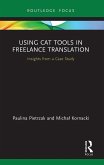
24,99 €
Versandfertig in 6-10 Tagen
Broschiertes Buch
Insights from a Case Study
30. Mai 2022
Routledge / Taylor & Francis
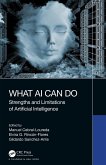
Gebundenes Buch
Strengths and Limitations of Artificial Intelligence
1. August 2023
Chapman and Hall/CRC / Taylor & Francis
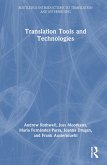
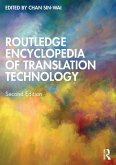
Gebundenes Buch
2. Aufl.
26. April 2023
Routledge / Taylor & Francis
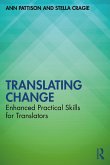
Broschiertes Buch
Enhanced Practical Skills for Translators
31. März 2022
Routledge / Taylor & Francis
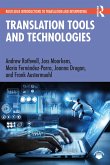
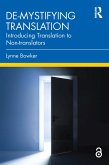
Broschiertes Buch
Introducing Translation to Non-translators
22. Februar 2023
Routledge / Taylor & Francis
Ähnlichkeitssuche: Fact®Finder von OMIKRON
